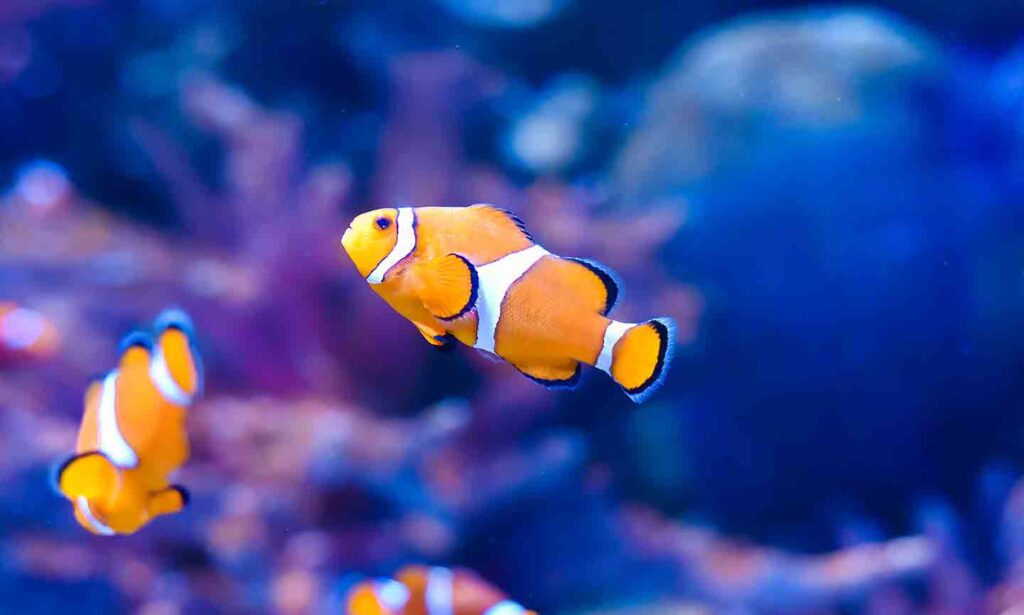Saltwater aquariums are mesmerizing, offering a glimpse into the vibrant underwater world. However, maintaining a healthy tank is more challenging than it looks. One of the biggest concerns for aquarium owners is preventing diseases that can harm or even wipe out an entire marine ecosystem. Luckily, with proper care and preventive measures, you can significantly reduce the chances of illness among your fish, corals, and other saltwater livestocks.
Common Saltwater Aquarium Diseases
Before diving into prevention, it’s essential to recognize the most common diseases that affect saltwater aquariums. Marine Ich, Velvet, Fin Rot, and Brooklynella are some of the most notorious illnesses. These diseases can spread quickly, leading to stress and fatalities if not addressed early. Each condition has different symptoms, but many share common triggers, such as poor water quality and stress.
Maintaining Optimal Water Quality
Water quality is the backbone of a healthy saltwater aquarium. If parameters such as temperature, salinity, pH, and ammonia levels fluctuate too much, fish become more susceptible to disease. Regularly testing the water and performing partial water changes help maintain stability. Using high-quality salt mixes and a reliable filtration system also plays a crucial role in keeping the environment clean and safe.
The Importance of Regular Water Changes
Performing routine water changes removes harmful toxins and replenishes essential minerals. Aim for a 10-20% water change every two weeks to keep the ecosystem balanced. Always use dechlorinated water mixed with marine salt to maintain the right salinity levels.
Quarantining New Additions
Introducing new fish, corals, or invertebrates without proper quarantine is one of the fastest ways to bring disease into your aquarium. A separate quarantine tank allows you to observe new arrivals for at least two weeks before adding them to the main display. This precautionary step can save your existing livestock from potential infections.
How to Set Up a Quarantine Tank
A basic quarantine tank includes a small aquarium, a heater, a sponge filter, and an air pump. No substrate or decorations are necessary, as the goal is to monitor the new fish for any signs of illness. If a disease appears, treatment is easier in a separate environment without affecting the main tank.
Avoiding Overcrowding
Overcrowding leads to stress, which weakens immune systems and makes fish more prone to infections. Every fish needs adequate space to swim and establish territory. Research the specific needs of each species before adding them to your tank to ensure they have enough room.
Compatible Tank Mates
Not all fish get along. Aggressive species can bully or stress out more peaceful fish, making them susceptible to disease. Always research compatibility before introducing new inhabitants to your aquarium.
Providing a Nutritious Diet
A well-balanced diet boosts immunity and keeps fish vibrant and healthy. Feeding a variety of high-quality frozen, live, and pellet foods ensures they receive essential nutrients. Avoid overfeeding, as uneaten food can decay and lead to poor water quality.
The Role of Vitamins and Supplements
Enriching food with vitamins and supplements enhances fish health. Marine fish benefit from vitamin C, garlic extract, and omega-3 fatty acids, which strengthen their immune systems and improve overall well-being.
Maintaining a Stable Environment
Sudden changes in temperature, lighting, or salinity can cause stress, making fish more vulnerable to disease. Using a reliable heater and avoiding drastic changes in water conditions can help maintain a stable environment. Gradually acclimating new fish also prevents shock and stress.
Monitoring and Controlling Temperature
Most saltwater fish thrive in temperatures between 75-80°F. A high-quality aquarium heater and a thermometer help maintain consistent temperatures. Avoid placing the tank near windows or heat sources to prevent fluctuations.
Practicing Good Aquarium Hygiene
Regularly cleaning the tank and equipment helps prevent disease outbreaks. Removing debris, algae, and uneaten food minimizes the risk of harmful bacteria thriving in the aquarium. Cleaning filter media properly without killing beneficial bacteria ensures a well-balanced ecosystem.
How to Clean Without Disrupting Beneficial Bacteria
When cleaning filters, avoid using tap water, as chlorine kills beneficial bacteria. Instead, rinse filter media in old aquarium water during water changes to preserve these essential microbes.
Using UV Sterilizers and Ozone Generators
Advanced filtration techniques like UV sterilizers and ozone generators help eliminate harmful pathogens before they can infect fish. UV sterilizers kill bacteria and parasites by exposing them to ultraviolet light, while ozone generators improve water quality by breaking down organic waste.
Recognizing Early Signs of Disease
Catching diseases early increases the chances of successful treatment. Look out for symptoms like white spots, rapid breathing, loss of appetite, clamped fins, or unusual swimming behavior. Quarantine affected fish immediately and begin appropriate treatment based on the symptoms.
Final Thoughts
Preventing diseases in a saltwater aquarium requires consistent care, attention to detail, and proactive measures. By maintaining stable water conditions, quarantining new additions, providing proper nutrition, and keeping the tank clean, you can create a thriving marine environment. A little effort goes a long way in ensuring your fish remain healthy and vibrant for years to come.



